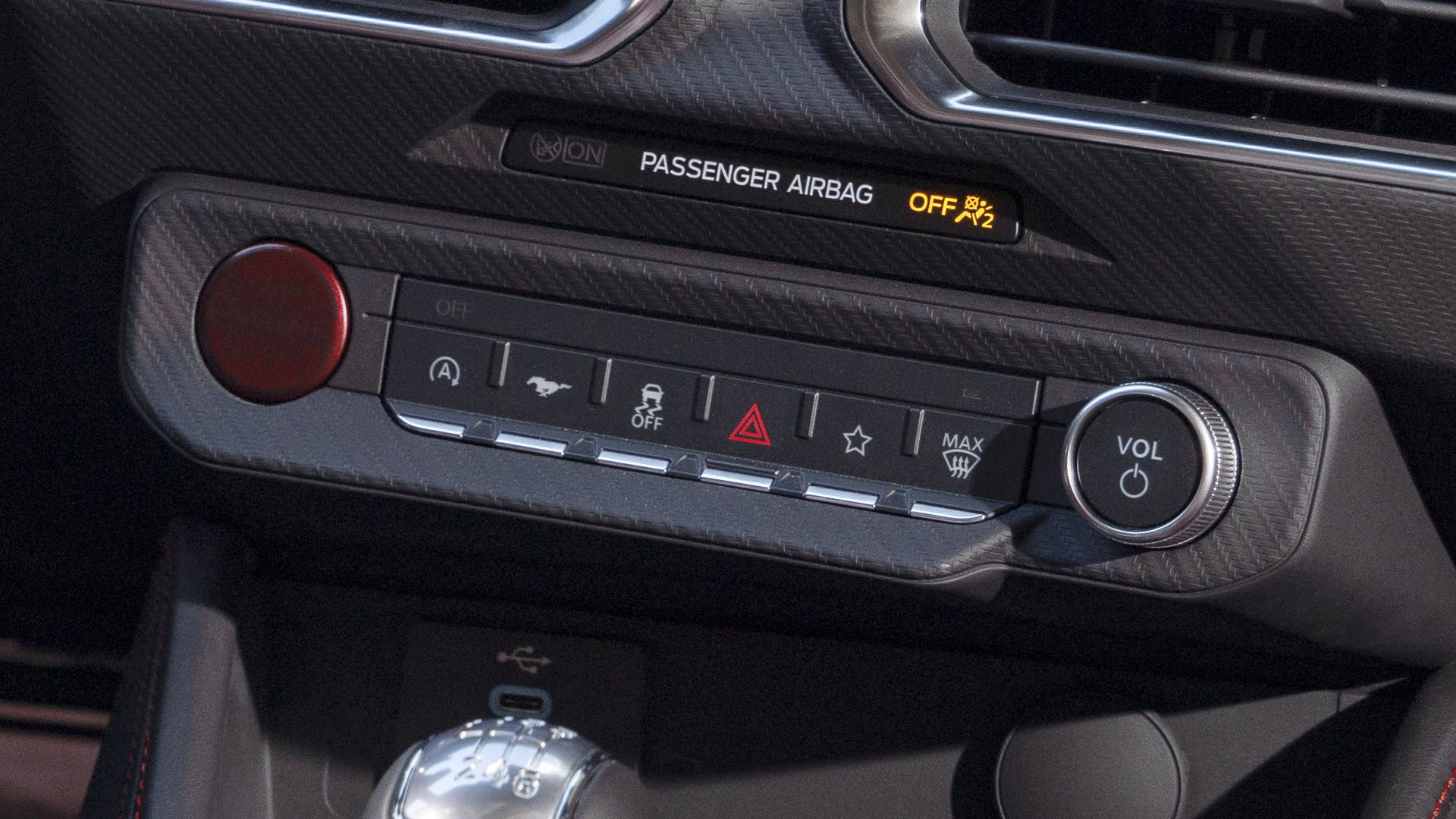

For the past few years, there has been a quiet battle unfolding over the future of AM radio in cars. Some automakers have ceased including the feature in their vehicles, forcing Congressional action to maintain the AM-dependent national emergency alert system. While the carmakers have tried to rationalize dropping AM radio, newly released documents from industry groups reveal their protests were only ever about one thing: Money.
In October, the Center for Automotive Research (an industry think tank) and Alliance for Automotive Innovation(really a lobbying group that tries to crush right-to-repair laws) released a collaborative document arguing against Congress’s bipartisan AM radio mandate. The groups collectively claim that the AM Radio for Every Vehicle Act of 2023 would harm consumers and carmakers alike, identifying various ways they claim this could occur.
They say that an EV’s high-voltage drivetrains cause electromagnetic interference that reduces audio quality, forcing the addition of countermeasures that add weight. Not only would this reduce range, they say, but it’d increase costs by up to $70 per vehicle. By 2030, they say that could add up to $3.8 billion. They also claim that AM radio audiences transitioning to newer forms of mass media also make the feature irrelevant to the majority of car buyers. Additionally, the AAI released a scaremongering blog post claiming that automakers don’t have physical space behind dashboards to include AM receivers.

But the money is the crux of the industry’s argument because the rest of its rationales are either poorly reasoned or previously debunked.
Let’s start with the EV interference claim, which is demonstrably unrelated to EVs. Automakers have been removing AM radios from regular, combustion-engined vehicles like the 2024 Ford Mustang, which has no such high-voltage drivetrain to speak of. Anecdotes from EV owners who use handheld AM receivers say that interference is negligible, which suggests that the drivetrains are adequately shielded to begin with. Also, the document only acknowledges 2.2 pounds of added weight for interference countermeasures—not exactly consequential.

Then there’s the fact that EVs don’t exactly appeal to AM radio audiences to begin with. According to the Center for American Progress, 91 percent of political AM radio broadcasts nationwide are right-wing. That alone doesn’t mean AM audiences at large are conservative, but it suggests they lean in that direction. News of automakers’ bids to sunset AM radio has also been widely (if falsely) interpreted as an attempt to stifle right-wing political media. Just going out on a limb, but these demographics probably aren’t the ones buying EVs, which are often (but not exclusively) marketed toward the environmentally conscientious.
Then there’s the question of whether the auto industry is even being honest about the financial impact of Congress’s AM radio bill. A spokesperson for the National Association of Broadcasters told Automotive News that, “the impartial Congressional Budget Office estimates the AM Radio for Every Vehicle Act would necessitate automakers spend a fraction of their estimate to ensure access to local AM radio stations in electric vehicles.”

But the battle against AM radio (and the minuscule cost it imposes on carmakers) is one that looks like one the industry will lose. Congress’s AM radio bill is supported by both political parties, with 37 sponsors in the Senate and 180 (of 435, or 41 percent) in the House of Representatives. It’s also formally supported by current and former FEMA officials, who have urged the current presidential administration to support the bill.
The government’s interest is simple: A mere 75 AM radio stations—a cheap, simple, long-range, and ubiquitous form of broadcast—can reach more than 90 percent of the U.S. population in an emergency. It’s the backbone of our national emergency alert system for a reason. So while political gridlock rules the day in D.C., at least this battle for the airwaves looks like one Americans will win.
Got a tip or question for the author? You can reach them here: james@thedrive.com